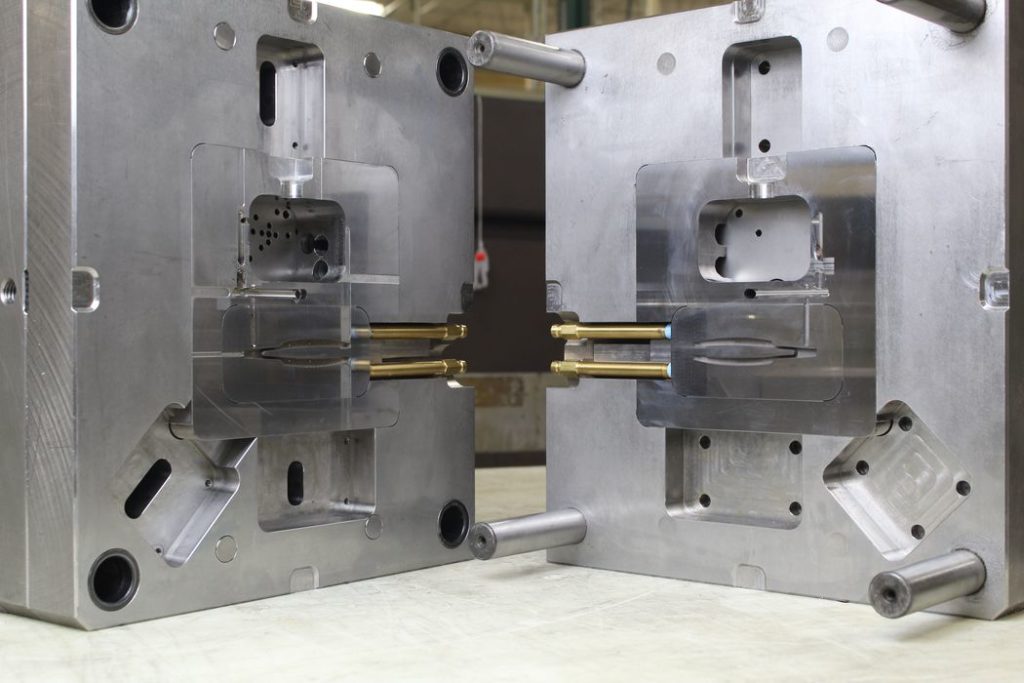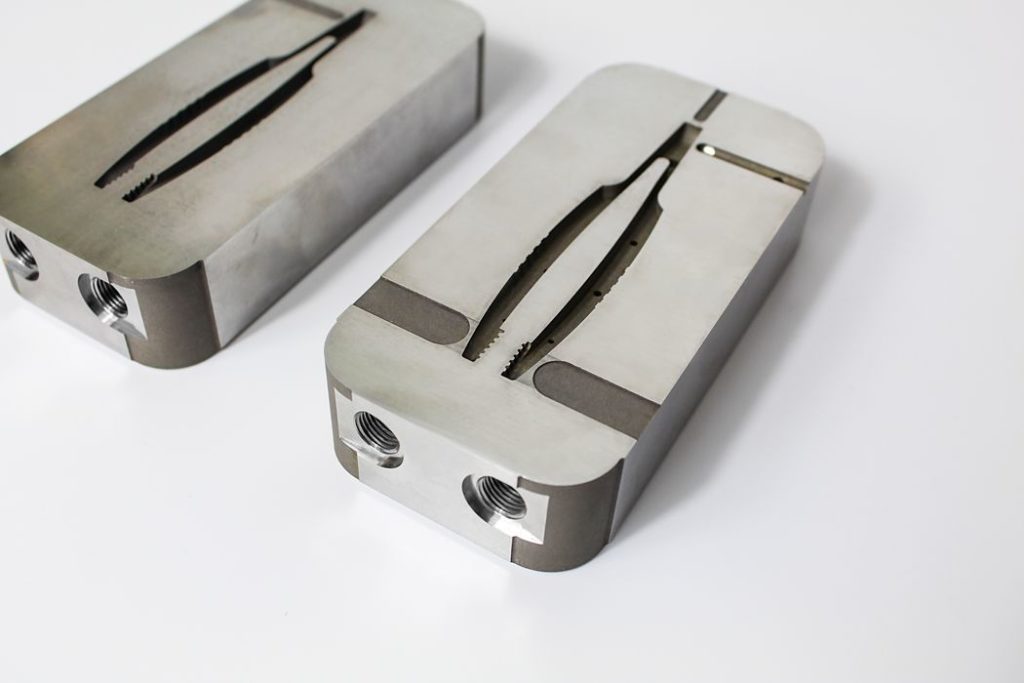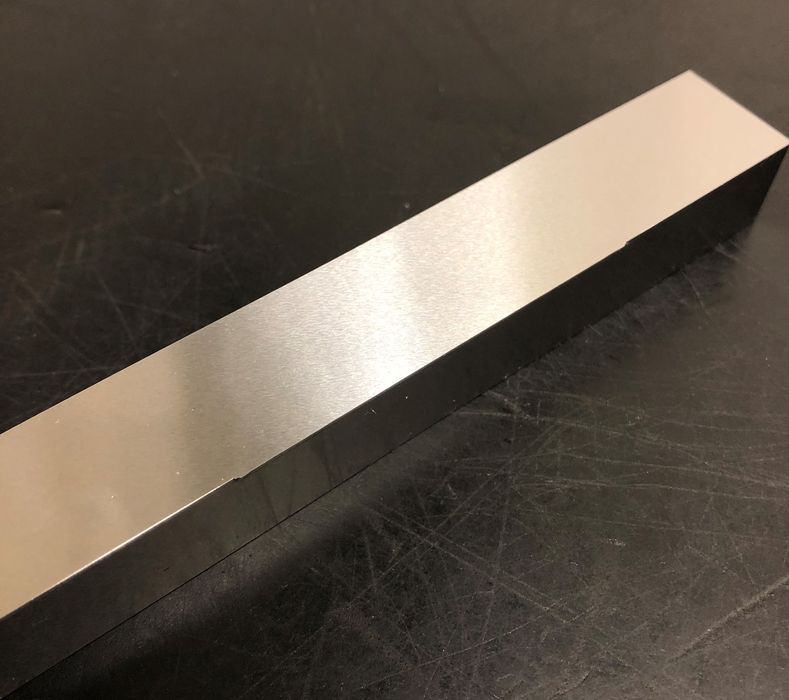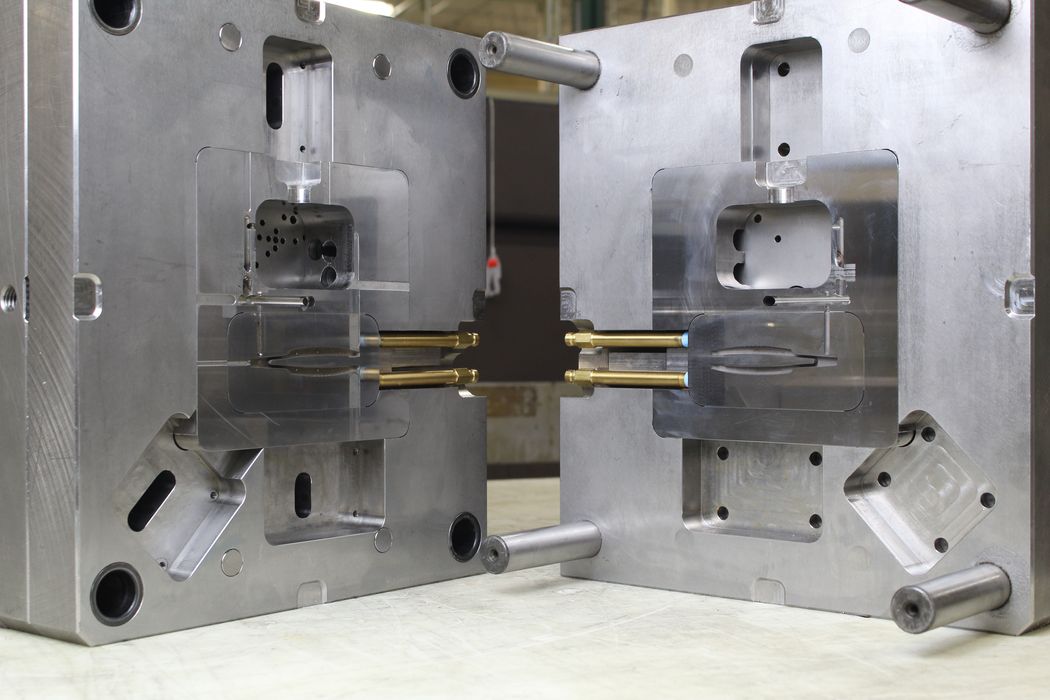
Mantle has performed several projects to demonstrate the viability of their unusual paste 3D printing system.
If you’re not familiar with Mantle, they are a 3D printer manufacturer that emerged from stealth mode only last year. Their “TrueShape” technology seems to be unique in the world of additive manufacturing.
TrueShape is a paste-based metal 3D printing process, quite unlike the powder or wire-based approaches used by others, and different from the metal FFF systems that use filament.
Mantle actually combines several of these steps together into an entirely new process. Here’s what happens in Trueshape:
- Mantle first 3D prints the rough object by extruding a proprietary metal paste, much like the inexpensive metal 3D printer vendors do with filaments (see image at top)
- Each layer is exposed to heat to remove the liquid, leaving only metal particles and a small amount of binder
- While printing, a precision CNC mechanism mills the edges and surfaces smooth every few layers (see image above)
- The finished 3D print is sintered in a furnace at up to 1300C to burn out the binder and fuse the metal particles into a solid object
But it’s not that simple: manufacturers don’t simply adopt a cool new process, they must be definitively convinced that it can work properly for them and their specific applications.
Manufacturers are required to consistently build volumes of parts that meet specific engineering standards, and much effort is spent setting up production lines. Changing to a different process is a really big deal, and so much so that radically different process proposals are often dismissed out of hand.
There is usually a great deal of work required to persuade manufacturers to adopt something new, and this cycle typically begins with demonstrations that can physically show a result that the manufacturer can examine. There’s plenty more steps after that, but that’s where it begins.

Now we hear that Mantle has been doing just that: demonstrations. A recent release from the company described several such demonstrations, after an earlier demonstration of a complex mold for a forceps project, Mantle has now worked with Wepco Plastics on another evaluation project.
The Wepco Plastics demonstration involved producing a mold for a cellphone stand, which required notable surface quality. Mantle was able to produce the complex molds in “about 80 hours”, and the company was able to produce smooth surfaced parts soon after.
Wepco Plastics noted that the lifecycle was faster than when using aluminum molds, and the ABS parts were also easier to remove from mold.
The next project involved Precision Laser Technology, a New York State based operation that provides services for laser welding, engraving, texturing, and direct part marking for injection molds and molded plastics.

This evaluation involved Mantle producing four test bars that underwent processing by Precision Laser Technology’s normal equipment. The results were said to be “indistinguishable from traditional H13 tool steel”.
While the results of these experiments were successful, does this mean these companies will immediately purchase Mantle equipment? Probably not immediately, as the sales lifecycle in such situations is usually long and involves more factors.
Device manufacturers have to have a very compelling offer that overcomes concerns in technical, support, financial and material areas.
But Mantle’s success in these demonstrations is a good start.
Via Mantle

